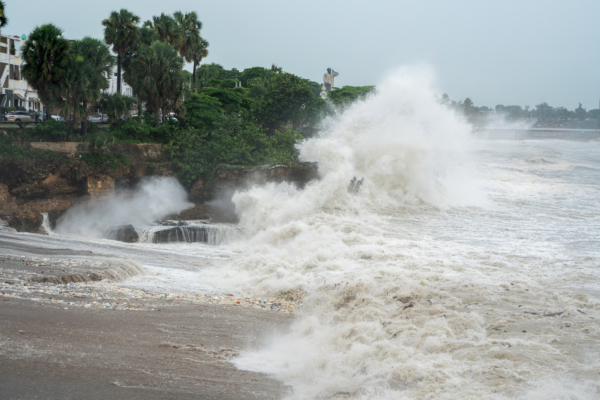On Tuesday, July 2, after wreaking havoc on the smaller islands of the eastern Caribbean, Hurricane Beryl approached Jamaica with a ferocious Category 4 strength. This unusually early hurricane has destroyed power lines, triggered flash floods, and has already claimed at least five lives.
By late Monday, Beryl had reached Category 5 intensity but slightly weakened on Tuesday. Beryl is the first hurricane of the 2024 Atlantic hurricane season and the earliest recorded Category 4 Atlantic hurricane to form. It is also the strongest June hurricane on record in the Atlantic.
Jamaican Prime Minister Andrew Holness urged the public through local media on Tuesday not to panic, prepare water and canned food, and seek shelter if necessary.
Venezuelan Minister of the Interior and Justice, Remigio Ceballos, stated on Tuesday that Hurricane Beryl struck the northeastern Sucre state, causing at least two deaths, five missing persons, and 25,000 people affected.
Prime Minister Ralph Gonsalves of Saint Vincent and the Grenadines reported that 90% of the houses on Union Island have suffered severe damage or destruction, resulting in at least one fatality.
The Office of the Governor-General of Grenada reported that on Monday, Beryl swept through Grenada within minutes, destroying buildings, cutting off power and phone services for nearly all residents on the island.
Grenadian Prime Minister Dickon Mitchell emphasized in a video briefing on Tuesday that the islands of Carriacou and Petite Martinique, part of Grenada, have been hit hardest by this natural disaster, already causing at least two deaths.
He said, “The situation is very dire. There is no power supply; houses and buildings are almost entirely destroyed; fallen power lines block roads, and gas stations are destroyed, unable to provide supplies.”
According to the National Hurricane Center (NHC) alert issued on Tuesday, the hurricane is currently located approximately 485 miles (781 kilometers) southeast of Kingston, the capital of Jamaica, with maximum sustained winds of 155 miles per hour (249 kilometers per hour) and moving at a speed of 22 miles per hour (35 kilometers per hour) in a west-northwest direction.
The center’s message states that Beryl’s intensity is expected to weaken but may still remain at hurricane level, bringing 10-30 centimeters of rainfall to Jamaica and southwestern Haiti by late Wednesday.
Beryl is projected to make landfall on Mexico’s Yucatan Peninsula on Friday, affecting popular beach resorts for tourists.
According to meteorologist Andra Garner from the University of Rowan, Beryl escalated from a Category 1 to a Category 4 hurricane in less than 10 hours, the fastest strengthening speed on record before the peak of the September Atlantic hurricane season.
In the French Caribbean island nation of Martinique, the capital Fort-de-France is grappling with debris cleanup and flooded streets, as seen in videos shared on social media.
Videos from Barbados show waves crashing against the coast, the hurricane destroying sidewalks, toppling palm trees, and flooding roads in the capital of Bridgetown.
In Jamaica, fishermen are pulling their boats out of the water and securing them in preparation for the hurricane’s arrival.
According to Vortexa, a company providing energy cargo tracking data, dozens of shipping vessels along the storm’s path may be affected, with some ships in the Caribbean region possibly rerouting.
(Adapted from Reuters’ reporting)

